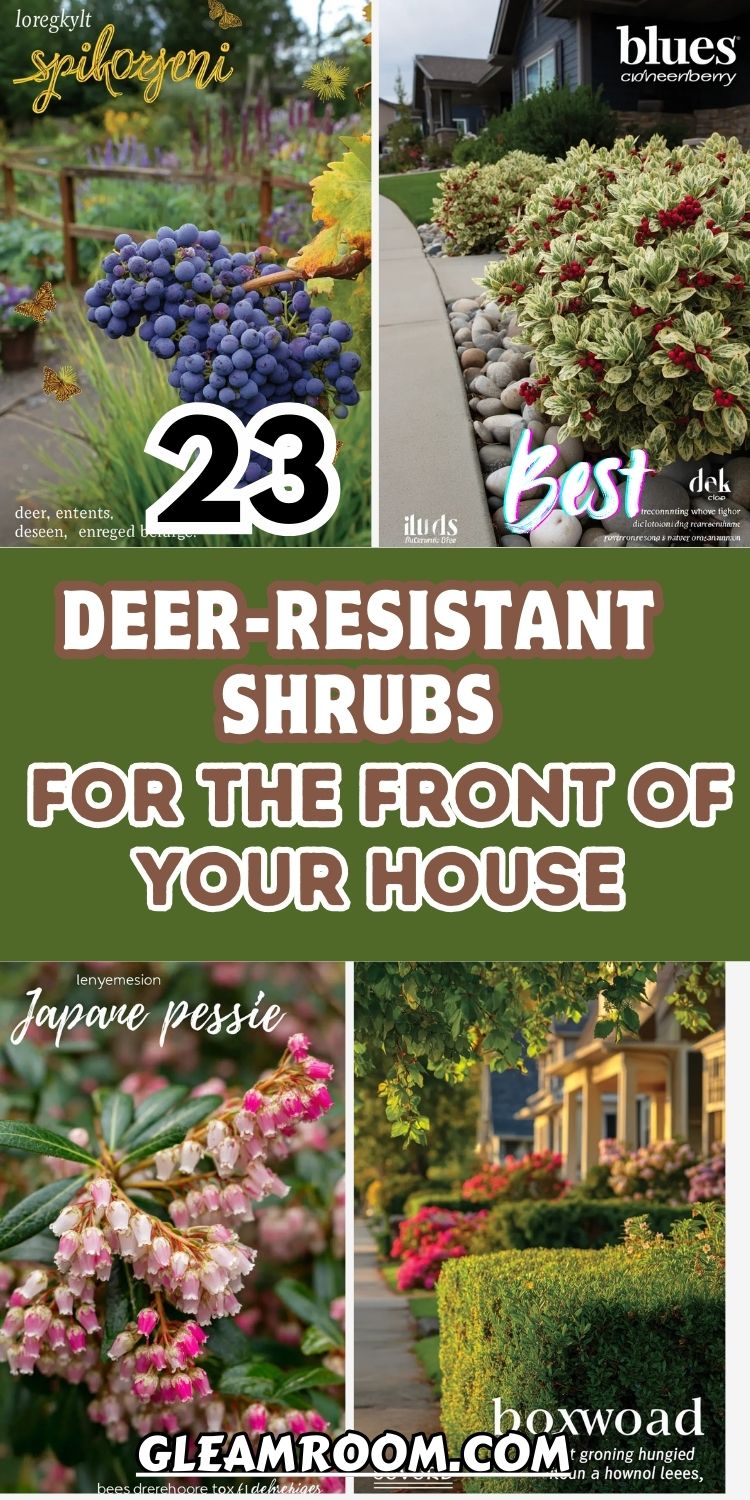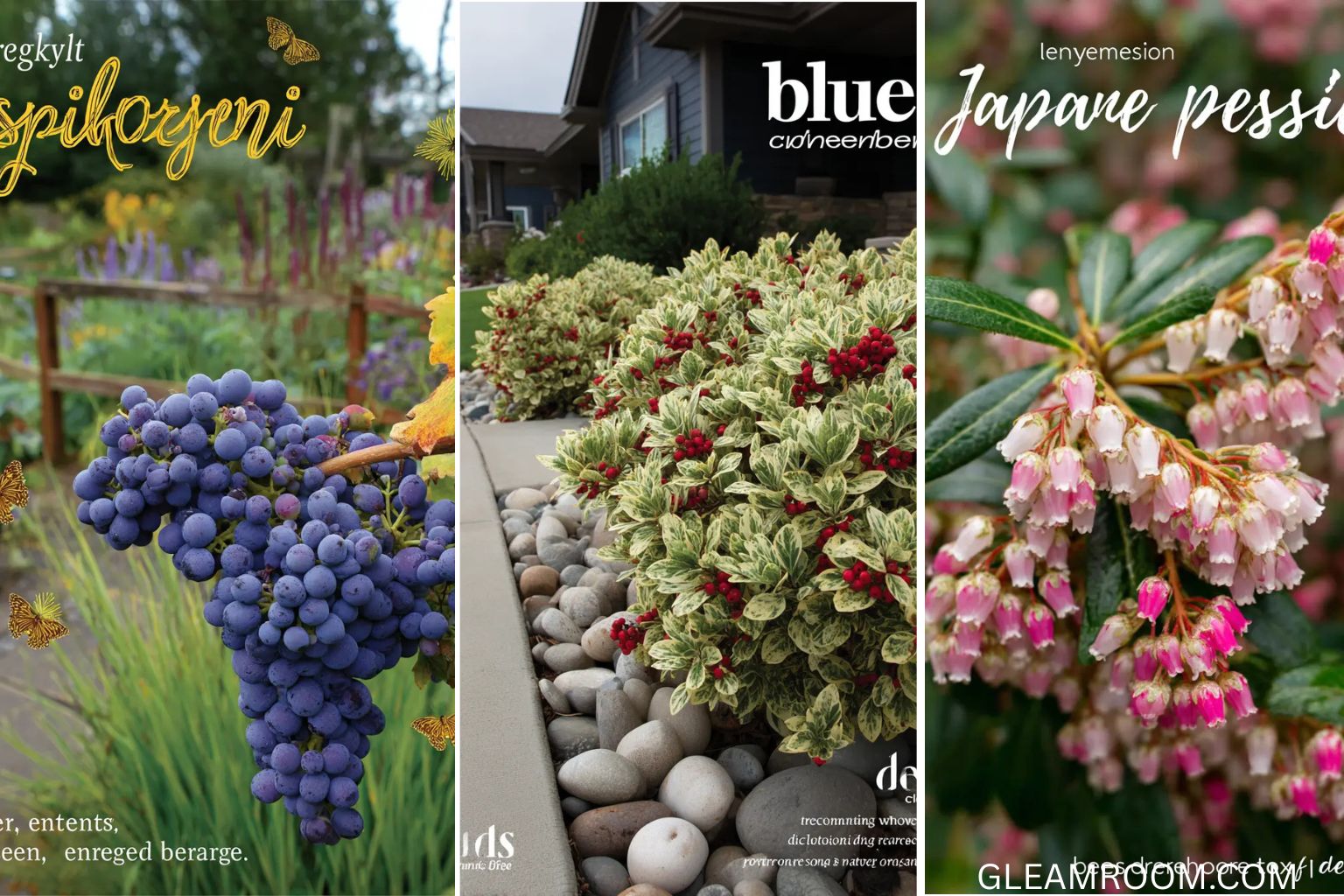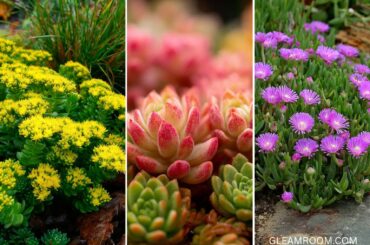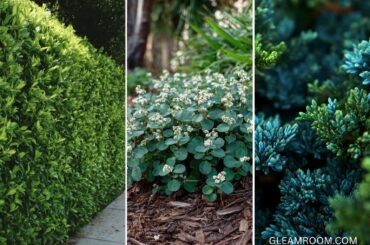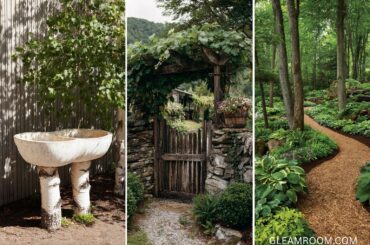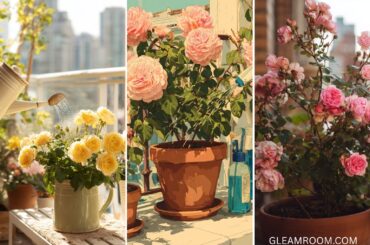If you’ve ever stepped outside to admire your garden only to find the shrubs nibbled down overnight, you know how frustrating deer can be. They move quietly, they’re persistent, and they always seem to go for the plants you love most. Fences and sprays help, but one of the smartest solutions is choosing shrubs that deer simply don’t find appealing.
Deer-resistant doesn’t mean dull. Many of these shrubs offer vibrant flowers, glossy foliage, or striking shapes that add just as much beauty as the plants deer tend to devour. From fragrant varieties that naturally repel browsing to tough evergreens that hold their own year-round, these choices keep your garden looking full without becoming an open buffet.
Whether you live in a wooded area with frequent deer traffic or just want a little extra peace of mind, the right plant selection makes all the difference. Ahead, you’ll find 23 Best Deer-Resistant Shrubs for The Front of Your House, options that bring color and character to your landscape while keeping hungry visitors at bay.
1. Boxwood
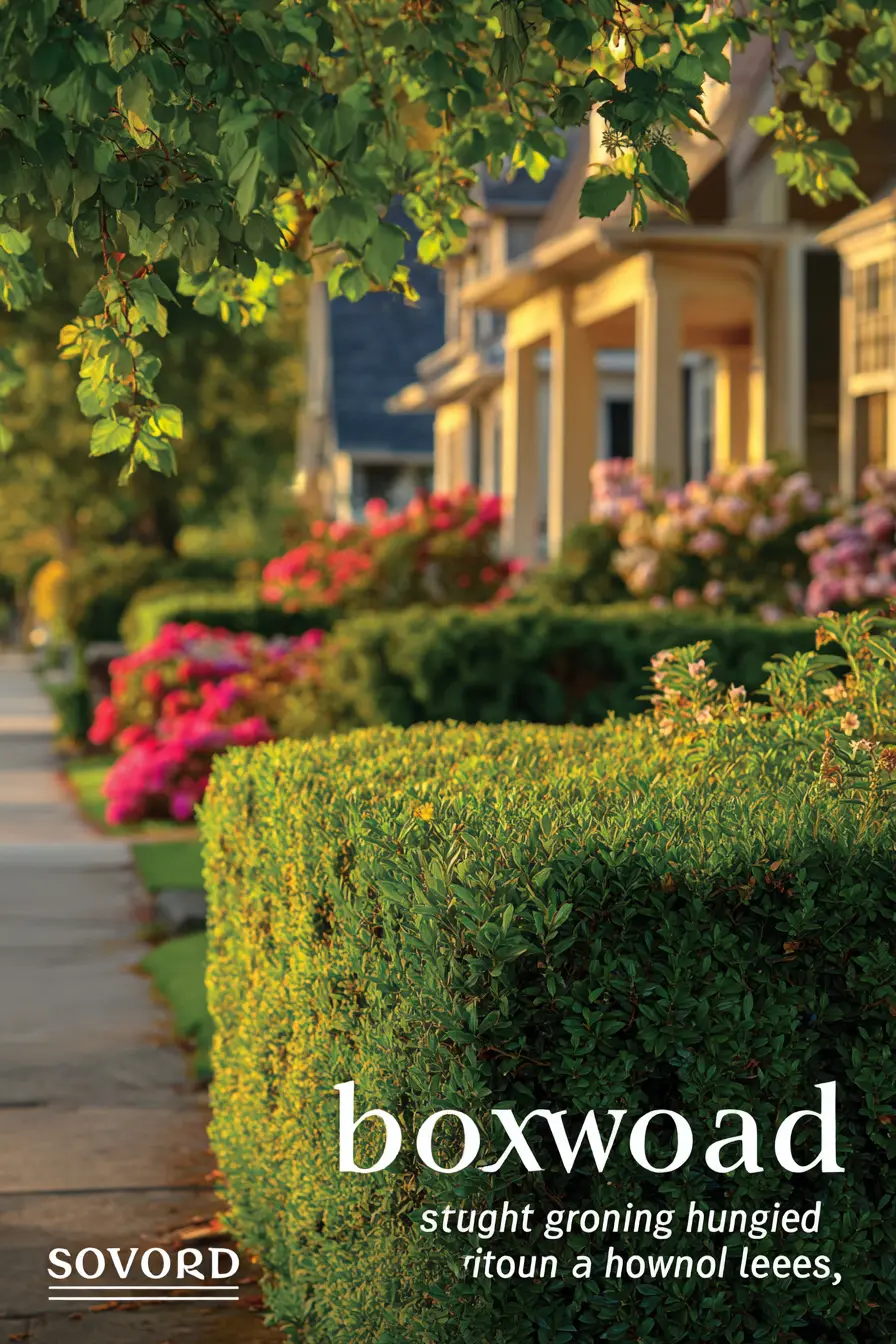
Neatly trimmed boxwood brings timeless structure to any front yard. Its dense evergreen foliage creates a natural barrier while adding elegance to pathways and porches.
Known for year-round greenery, this shrub stays lush even in colder months. Deer usually avoid it, making it a smart choice for low-maintenance landscapes.
Placed along sidewalks or garden edges, boxwood frames the view with classic charm. It blends beautifully with flowering shrubs and bright seasonal blooms.
2. Japanese Pieris
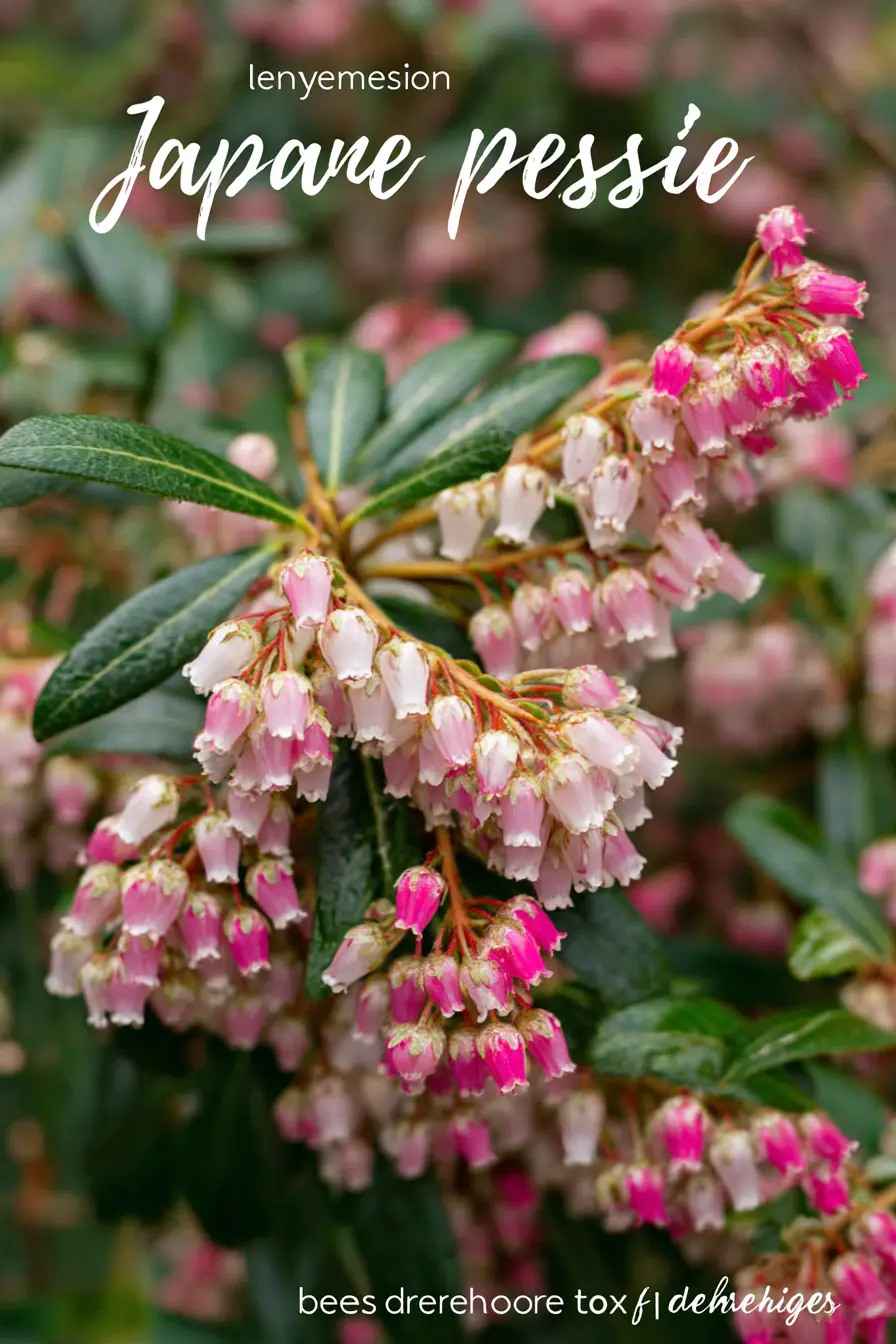
Clusters of bell-shaped flowers in soft pinks make Japanese Pieris a showstopper in spring gardens. Its glossy evergreen leaves keep the landscape fresh throughout the year.
Deer tend to leave this shrub alone, allowing it to thrive with minimal fuss. Gardeners value its resilience and long-lasting blooms that brighten shaded corners.
Placed near walkways or patios, it brings texture and color where other plants struggle. Its graceful blooms draw attention without overwhelming the space.
3. Wintercreeper
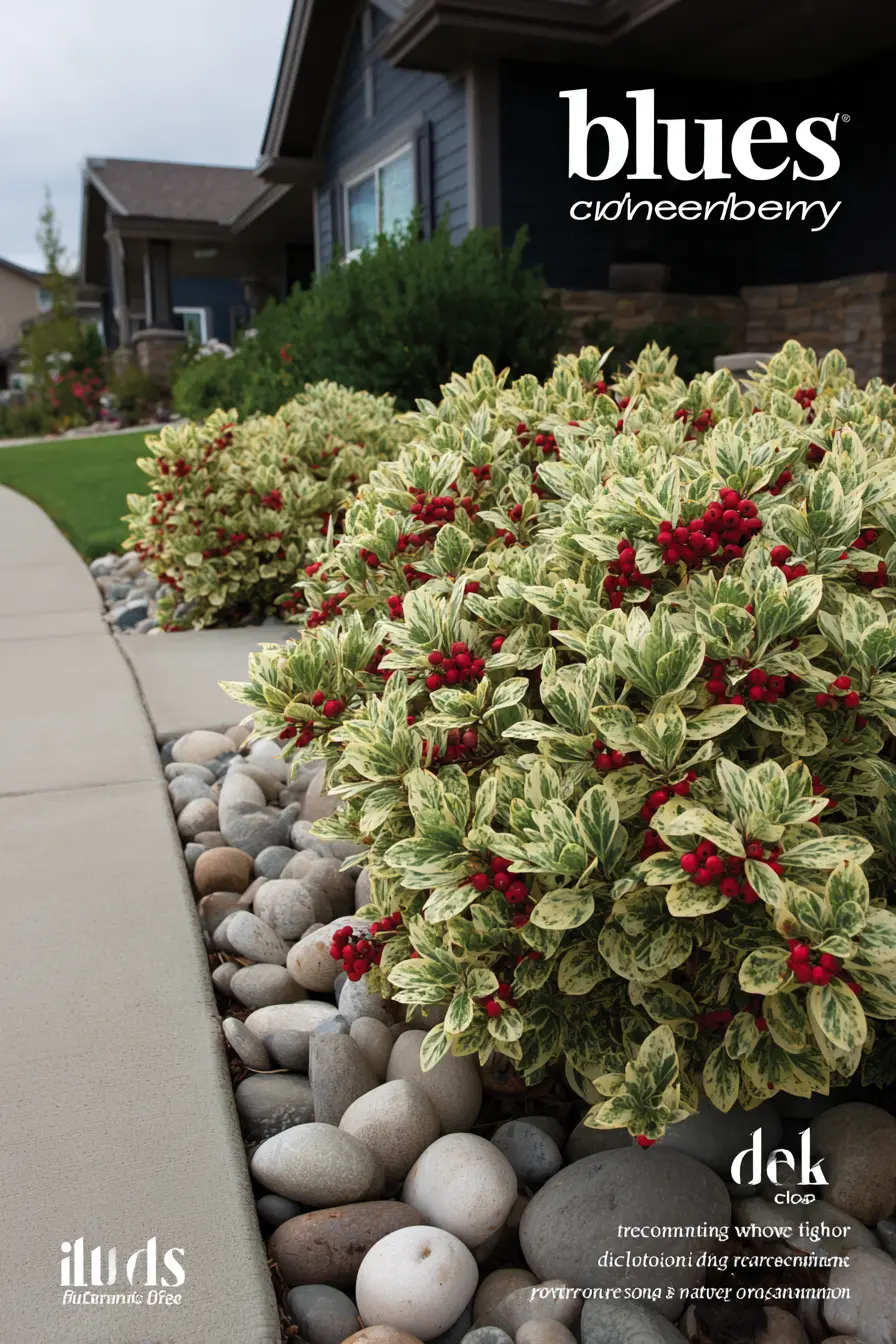
Bright variegated leaves with splashes of cream make Wintercreeper a standout shrub. Its clusters of red berries add seasonal interest and contrast beautifully with the foliage.
This hardy plant thrives in many conditions and resists browsing from deer. Homeowners often use it for borders, ground cover, or along walkways.
Through every season, Wintercreeper offers color and texture that lift the landscape. It brings structure while still blending naturally with other plantings.
4. Oregon Grape
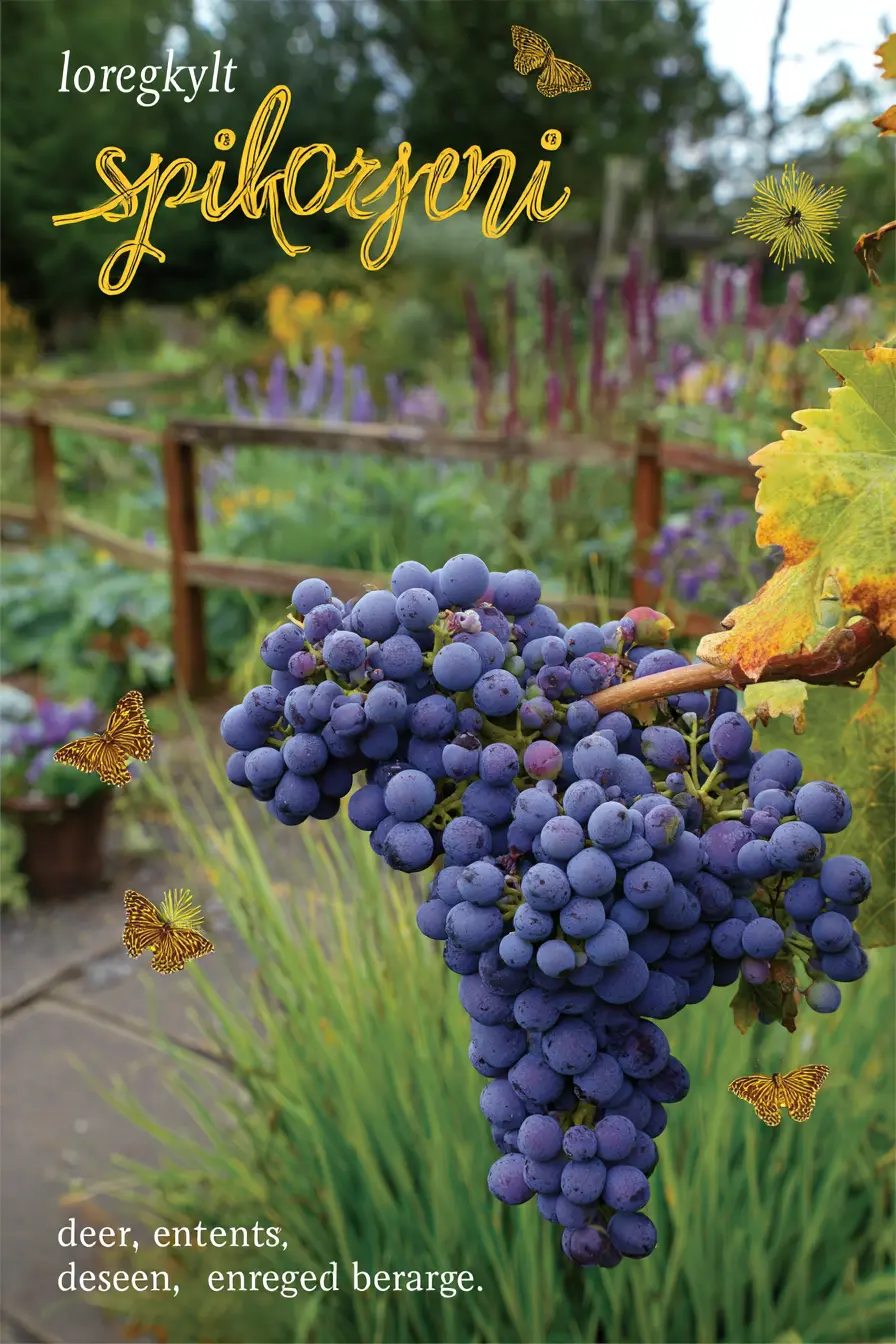
Clusters of deep purple berries make Oregon Grape a striking shrub for any garden. Its holly-like leaves shift colors with the seasons, offering year-round appeal.
Deer usually avoid this hardy shrub, allowing it to flourish without constant attention. It grows well in both sunny and shaded areas, adding flexibility to landscapes.
With its bright berries and evergreen foliage, Oregon Grape adds beauty and function. It works well as a border plant or natural accent.
5. Mountain Laurel
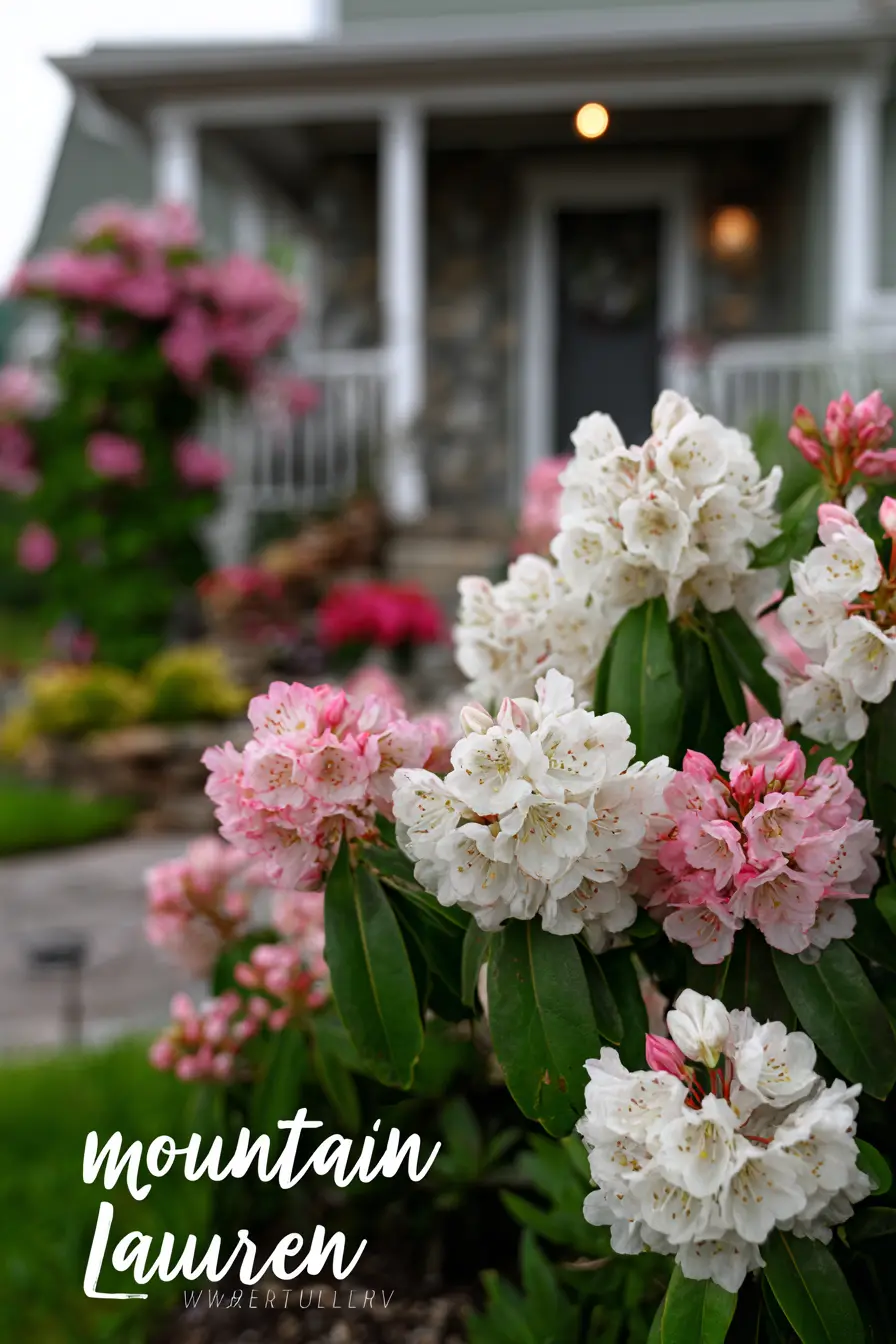
Showy clusters of white and pink blossoms make Mountain Laurel a favorite for spring landscapes. Its glossy evergreen leaves keep gardens attractive long after blooms fade.
This native shrub resists deer browsing, which makes it a reliable choice for low-maintenance yards. It flourishes in partial shade, adding beauty to woodland edges and front yards alike.
With its charming flowers and year-round greenery, Mountain Laurel creates lasting curb appeal. It pairs well with other shade-loving shrubs and perennials.
6. Blue Holly
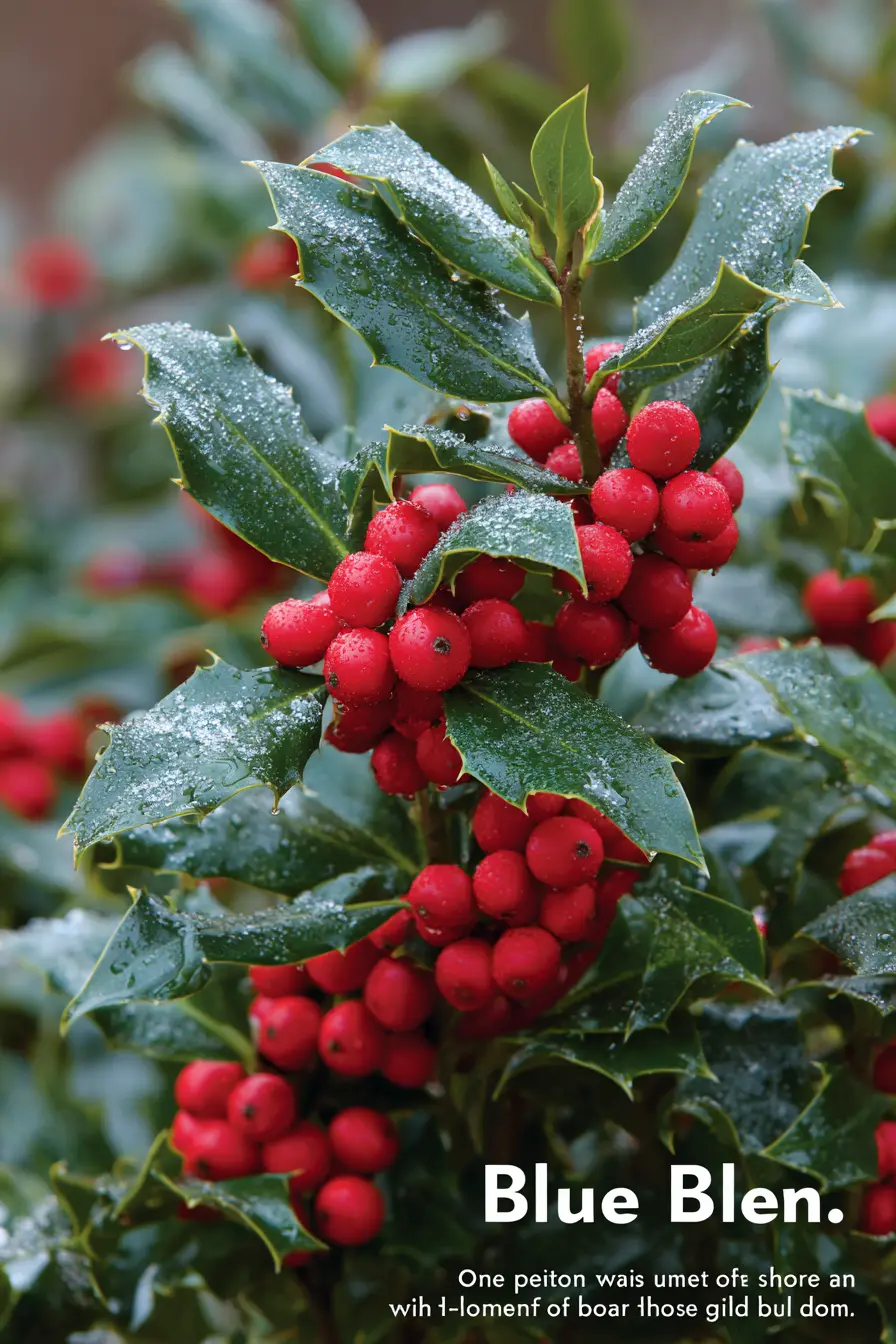
Glossy dark green leaves paired with clusters of bright red berries make Blue Holly a striking shrub. Even in winter, it lights up the garden with festive color.
Deer rarely bother this hardy plant, which makes it a dependable choice for year-round interest. Its dense foliage also serves as shelter for songbirds.
Planted as a hedge or accent shrub, Blue Holly adds structure and charm. Its bold berries and evergreen leaves bring life to any landscape.
7. Russian Cypress
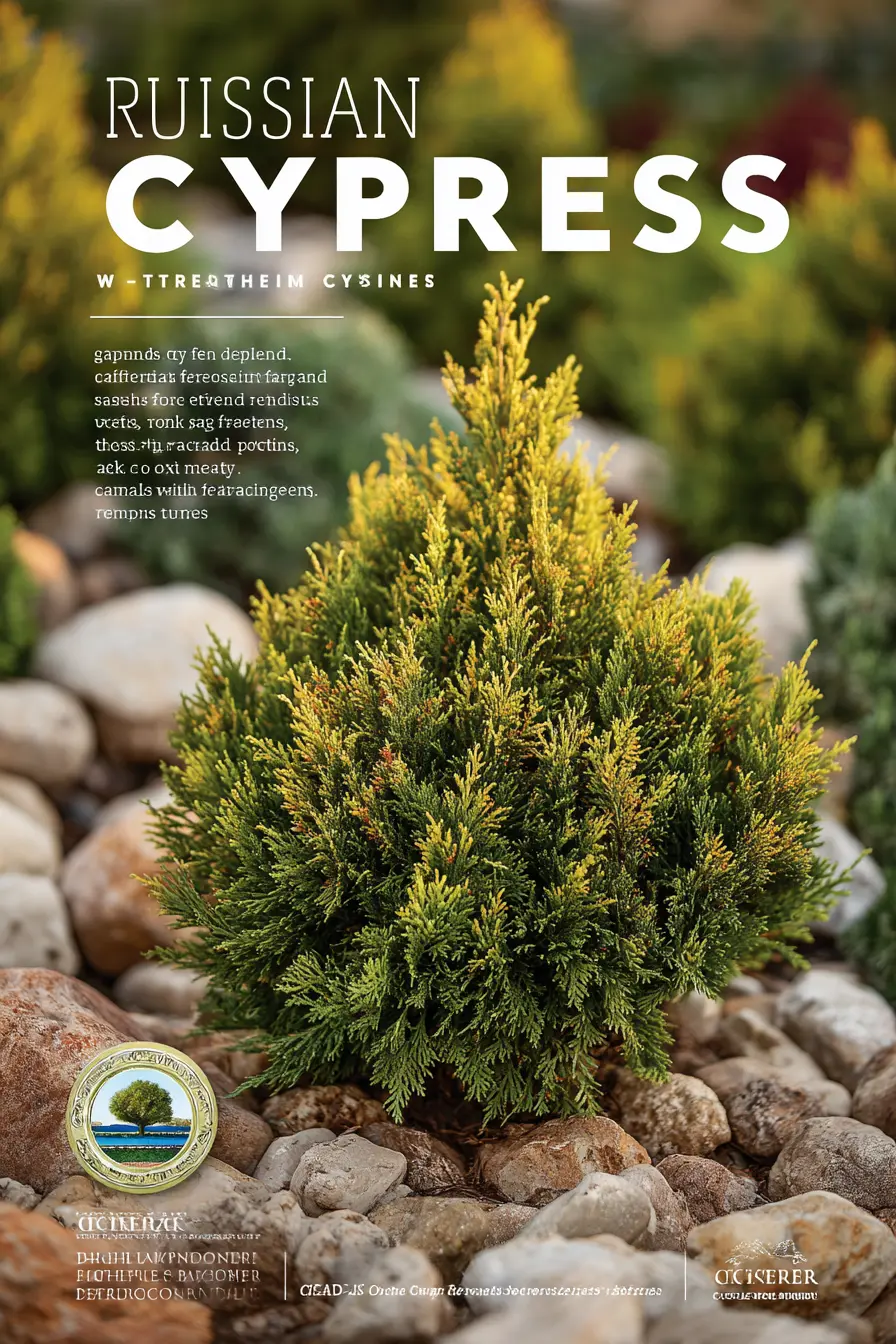
Soft feathery foliage in shades of green and gold gives Russian Cypress a natural charm. Its low, spreading habit works well for ground cover in sunny or partly shaded spots.
Deer seldom bother this hardy shrub, allowing it to thrive in a variety of settings. It handles cold winters and adapts well to rocky or uneven soil.
With its lush texture and year-round color, Russian Cypress enhances borders and slopes. It adds beauty while requiring very little upkeep.
8. Lilac
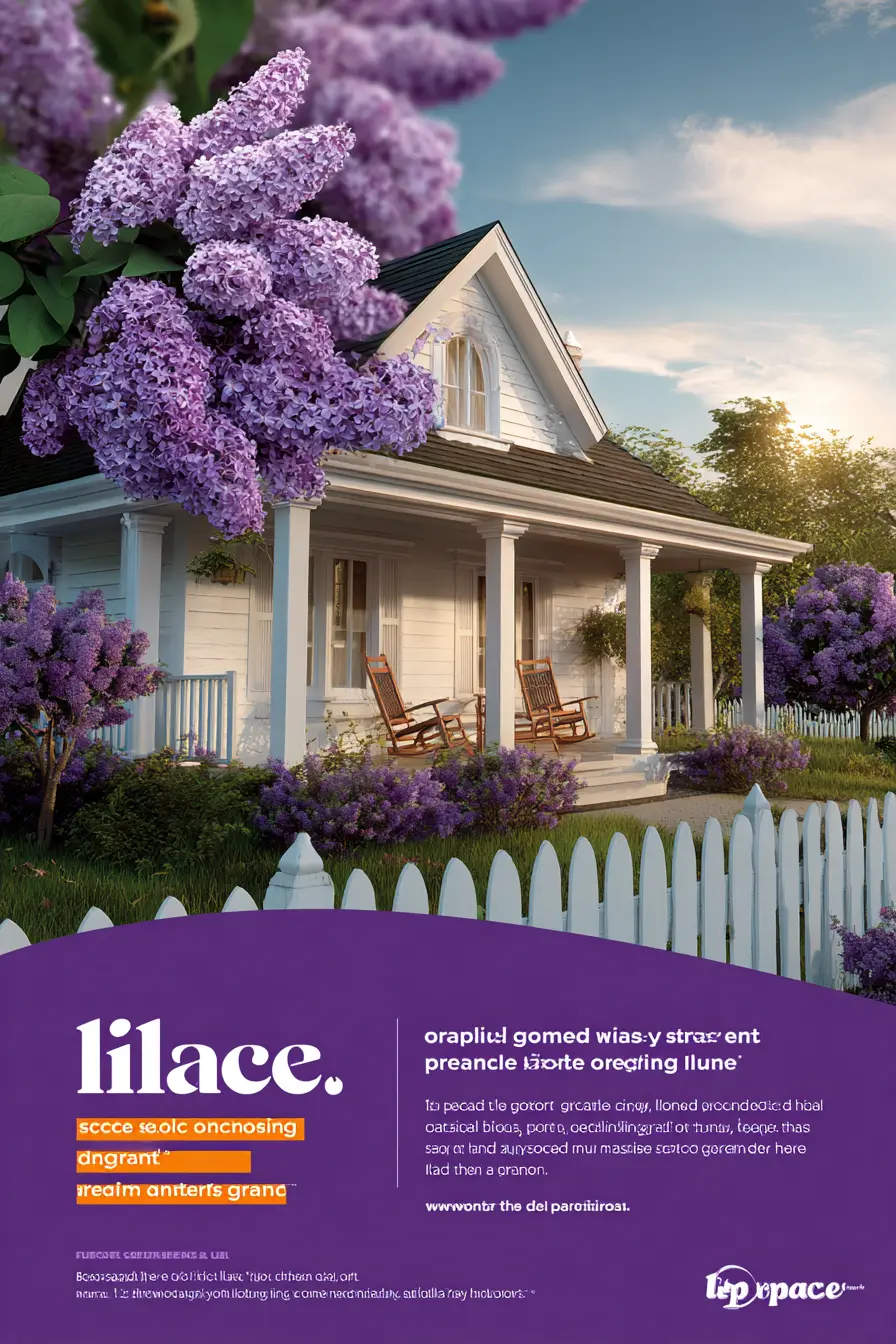
Fragrant clusters of lavender blooms make Lilac a timeless favorite in spring gardens. Its sweet scent drifts through the air, bringing charm to porches and walkways.
This hardy shrub resists deer, letting it flourish year after year with little worry. Gardeners love its colorful blossoms that attract butterflies and pollinators.
Whether planted as a hedge or a single accent, Lilac offers beauty and fragrance. Its blooms create a welcoming display that feels both classic and fresh.
9. Butterfly Bush
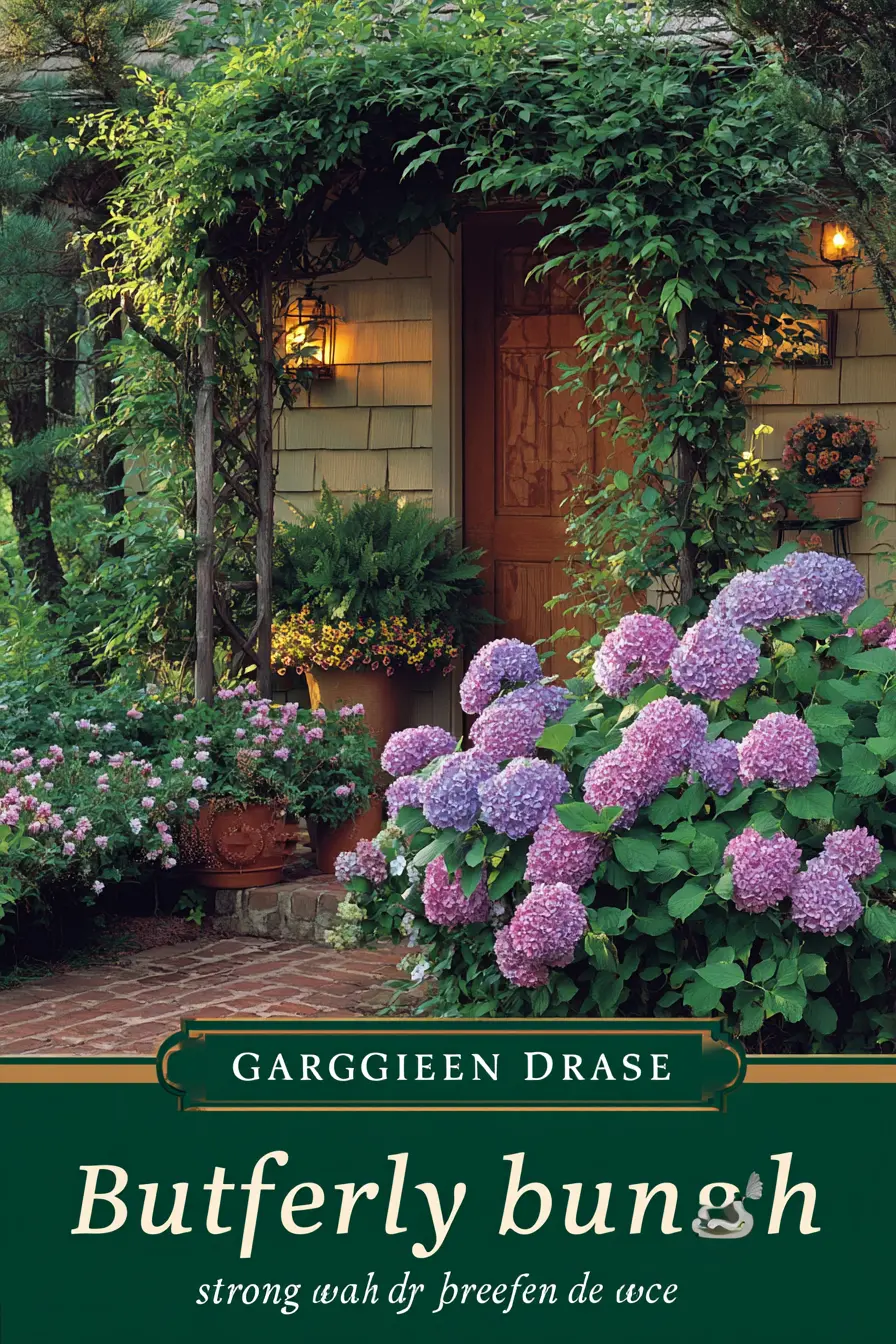
Fragrant blooms in shades of purple and pink make Butterfly Bush a magnet for pollinators. Its long flower spikes attract butterflies, bees, and hummingbirds throughout the summer.
Deer tend to avoid this shrub, allowing it to flourish with little care. It thrives in sunny spots and brings lasting color to borders and garden beds.
With its graceful shape and steady blooms, Butterfly Bush adds charm to any yard. It creates movement and life wherever it grows.
10. Ninebark
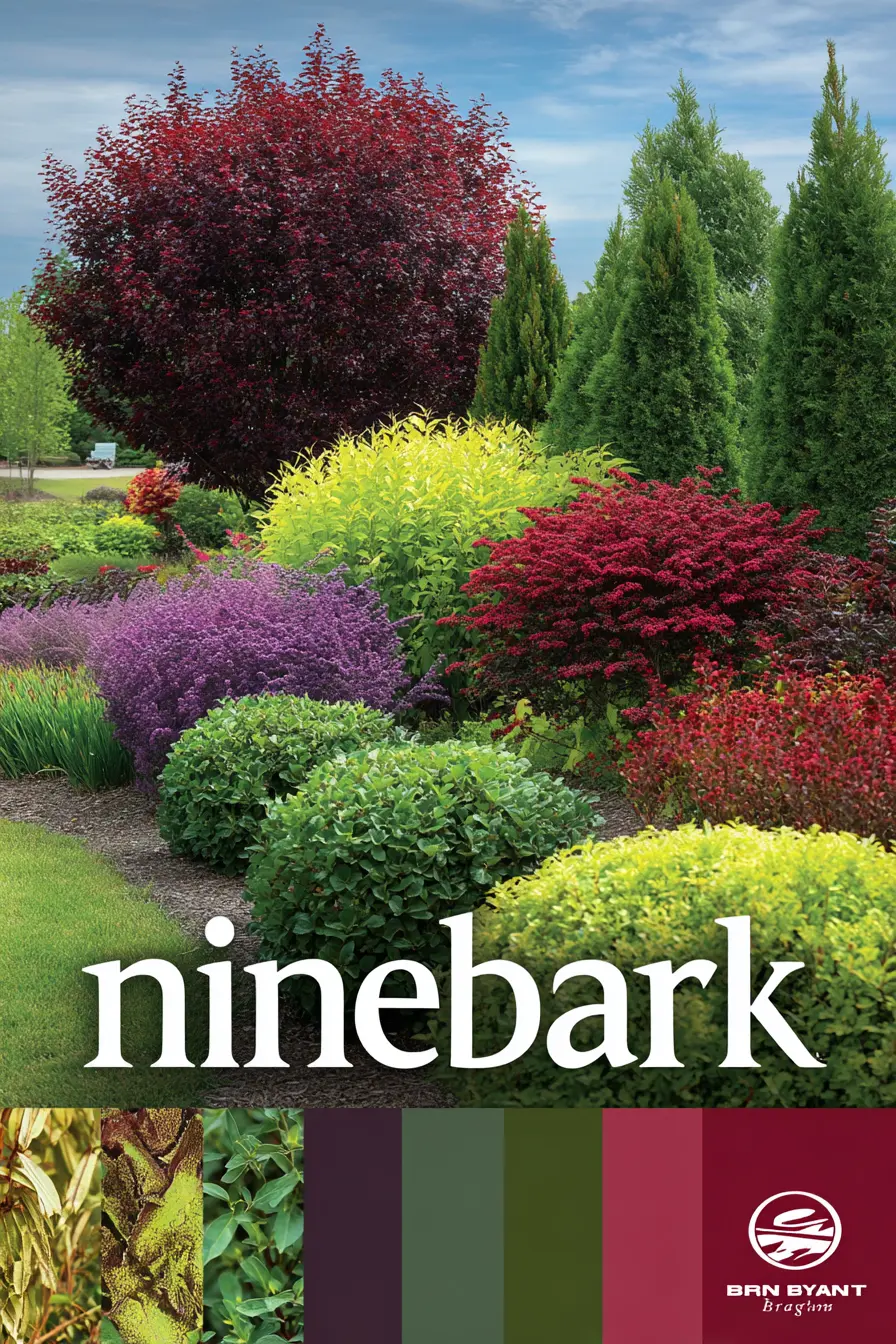
Rich foliage in shades from deep burgundy to bright gold makes Ninebark a standout shrub. Its textured bark adds interest even after the leaves fall.
Deer usually avoid this hardy plant, giving it the chance to shine without extra effort. It adapts to many soil types and handles both sun and partial shade.
With striking color shifts through the seasons, Ninebark brings drama and depth to landscapes. It works beautifully as a hedge, border, or focal point.
11. Hydrangea
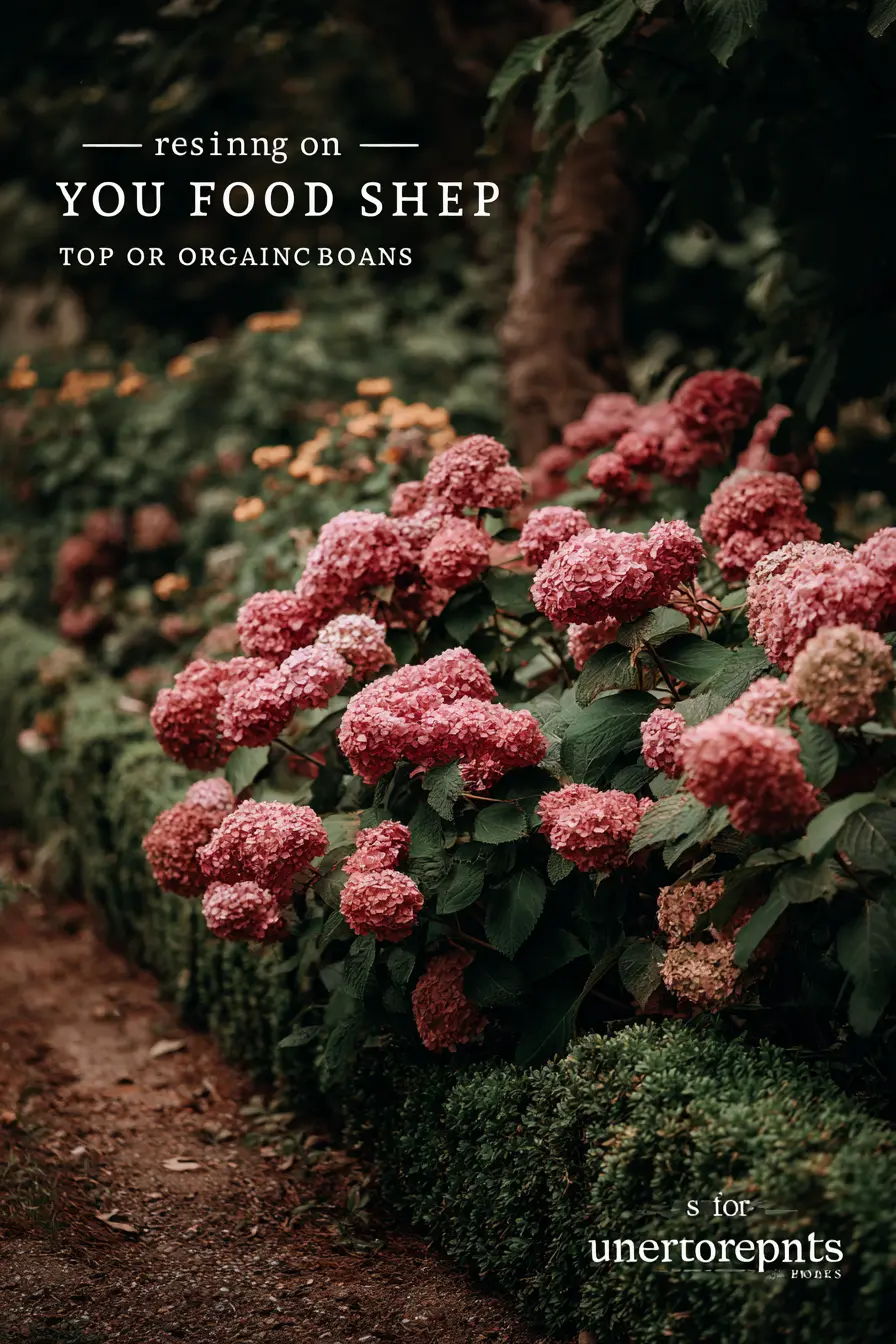
Large clusters of pink blooms make Hydrangea a stunning choice for garden borders. Their lush flowers brighten shady paths and soften the edges of walkways.
Though deer may sample tender leaves, they usually leave the blossoms alone, letting the shrub thrive. With minimal care, it rewards gardeners with months of color.
From midsummer into fall, Hydrangea delivers bold texture and charm. It pairs well with evergreens, creating balance and contrast in the landscape.
12. Red Elderberry
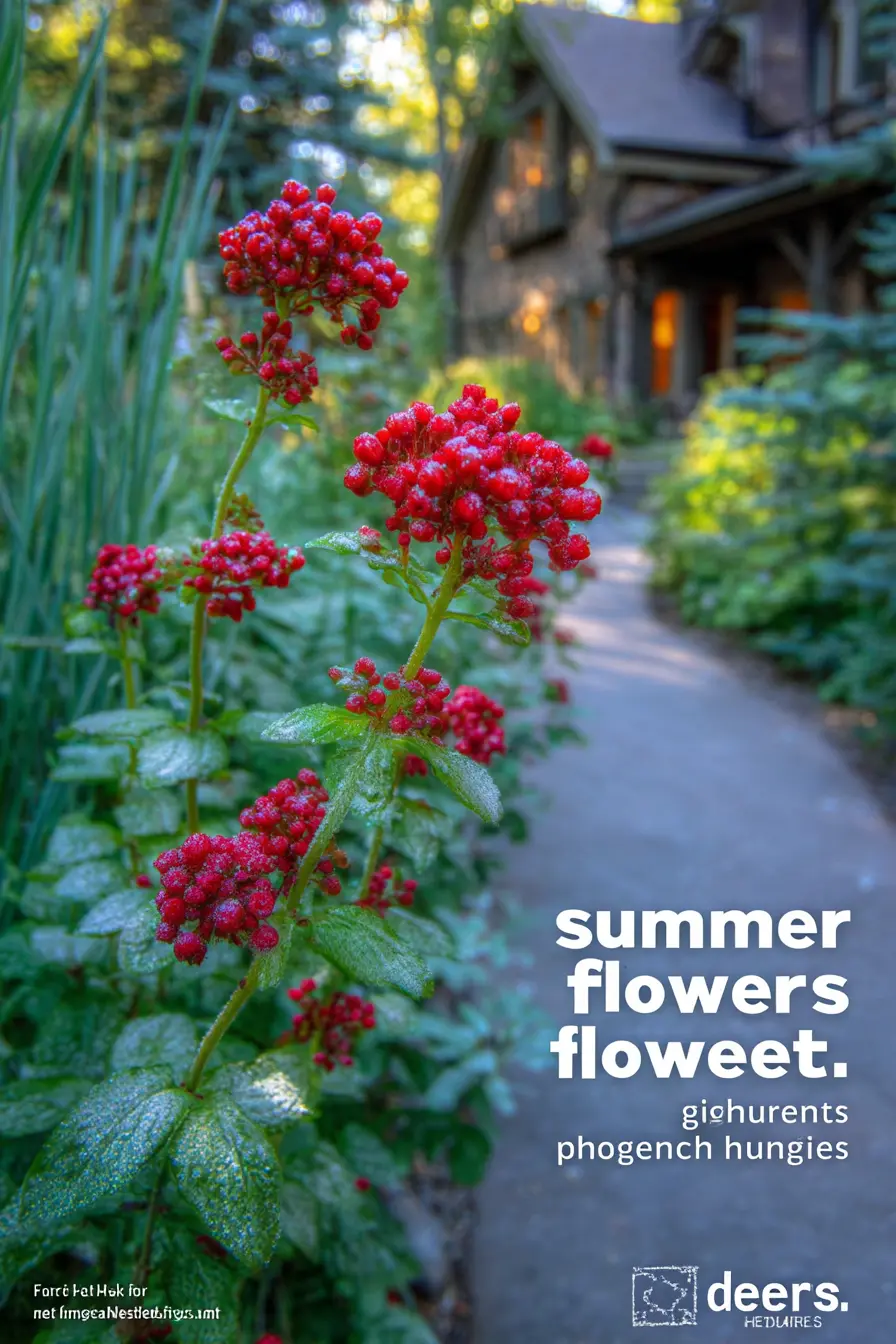
Bright clusters of scarlet berries make Red Elderberry a striking presence in summer gardens. Its tall stems and textured leaves bring height and depth to the landscape.
Deer tend to avoid this hardy shrub, allowing it to grow freely with little care. Birds, however, flock to its fruit, adding life and movement to the yard.
Used along pathways or woodland edges, Red Elderberry adds seasonal color and structure. It thrives in sun or partial shade, making it versatile for many spaces.
13. Butterfly Bush
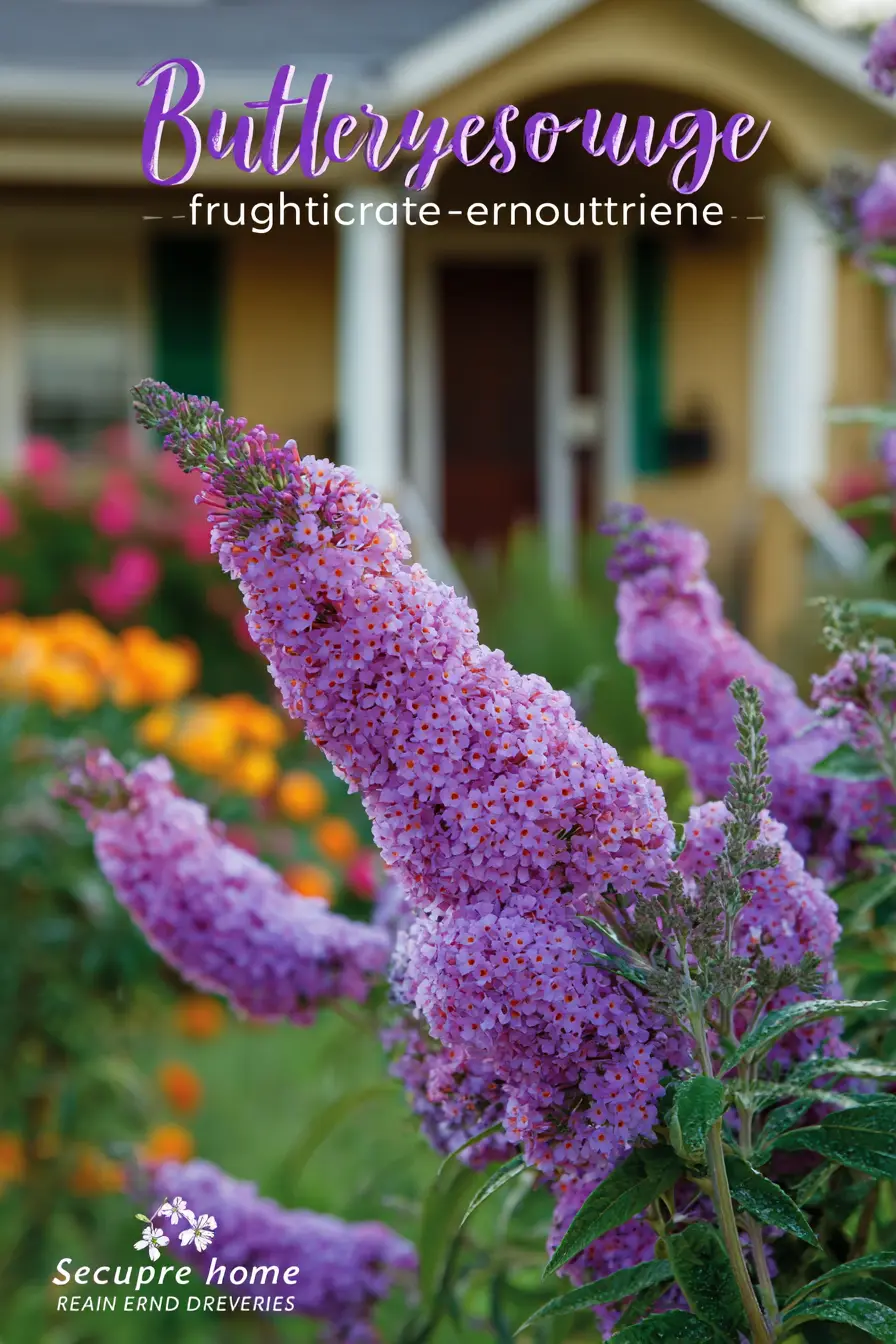
Tall flower spikes in shades of lilac and purple make Butterfly Bush a showstopper in summer gardens. Its blooms attract butterflies and hummingbirds, adding color and movement.
Deer generally avoid this hardy shrub, allowing it to flourish in sunny borders with little fuss. It grows quickly and fills spaces with vibrant texture.
Whether planted alone or in groups, Butterfly Bush brings energy and brightness. Its long-lasting flowers keep gardens cheerful well into fall.
14. Winter Heath
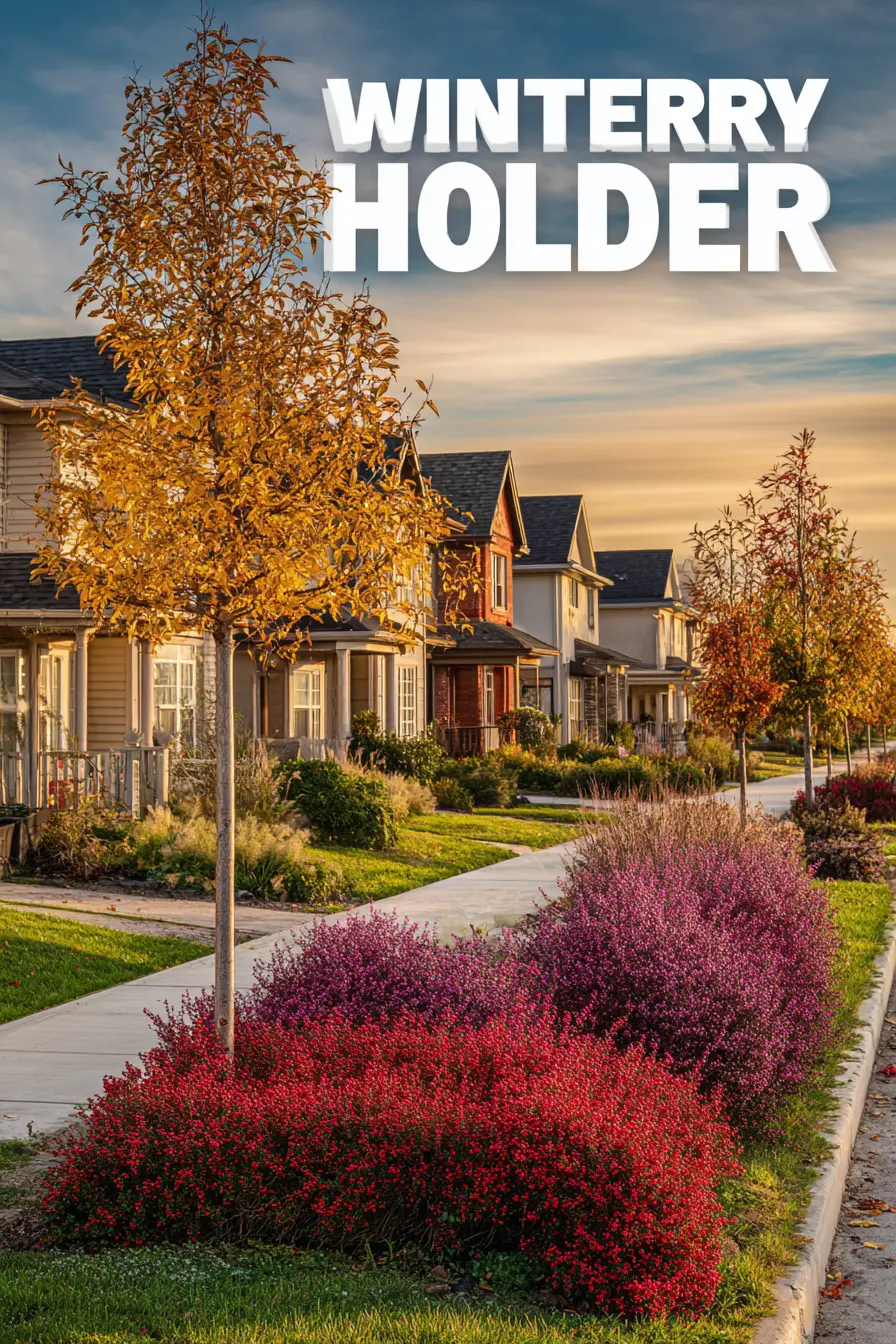
Bright mounds of pink and red blooms make Winter Heath a striking sight along walkways. It flowers when many other plants rest, bringing color to cold months.
Deer rarely nibble on this hardy shrub, allowing it to thrive with little care. Its evergreen foliage keeps beds looking fresh even after blooms fade.
Used in borders or mass plantings, Winter Heath delivers year-round charm. It adds texture, vibrancy, and resilience to any landscape.
15. Chokeberry
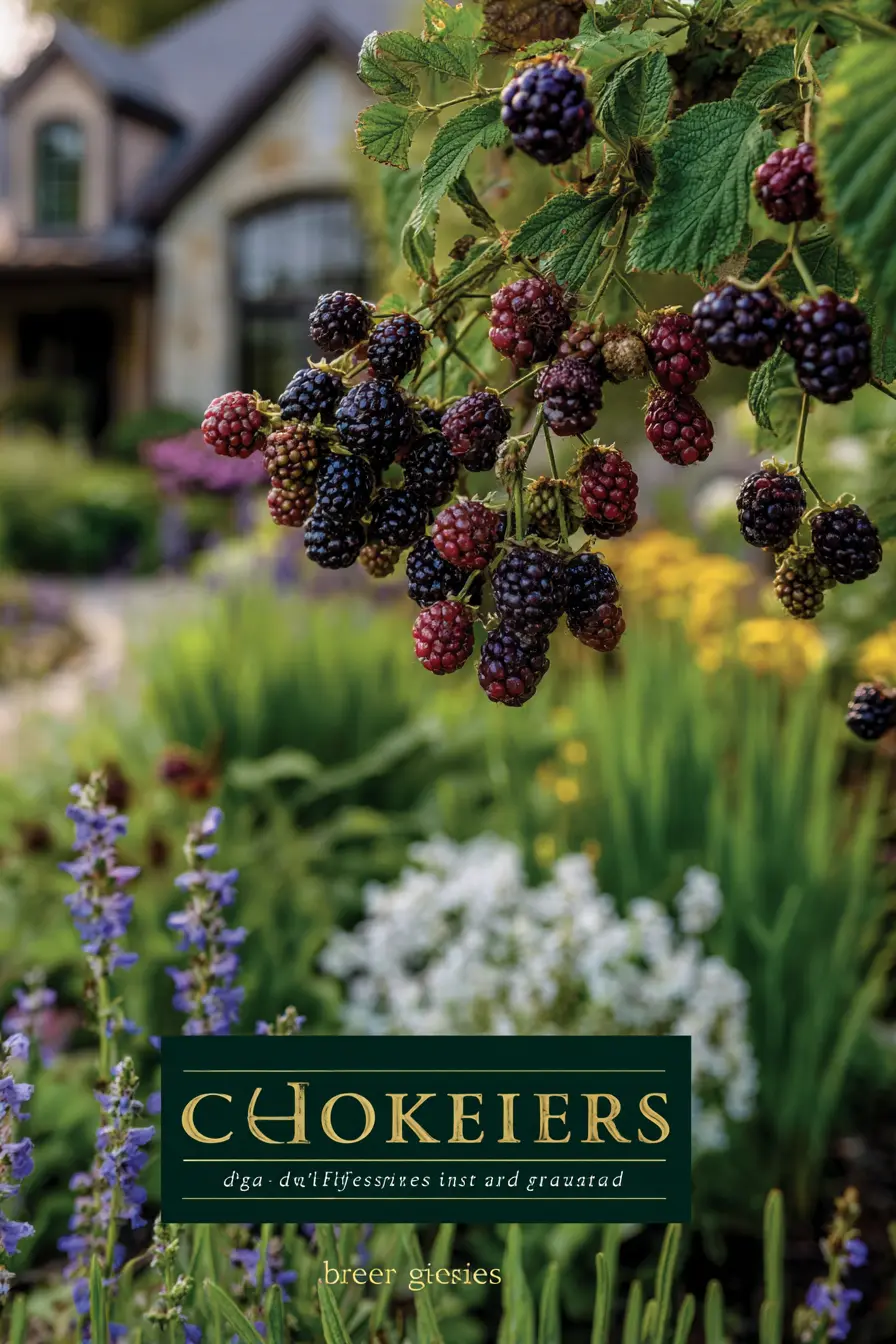
Clusters of dark berries make Chokeberry a striking feature in summer and fall gardens. Its glossy green leaves turn fiery red in autumn, adding seasonal beauty.
Deer tend to pass this shrub by, letting it thrive with little disturbance. Birds, however, love its berries, bringing more wildlife into the yard.
Planted in borders or naturalized areas, Chokeberry adds both color and texture. It’s a resilient shrub that works well in many landscapes.
16. Potentilla
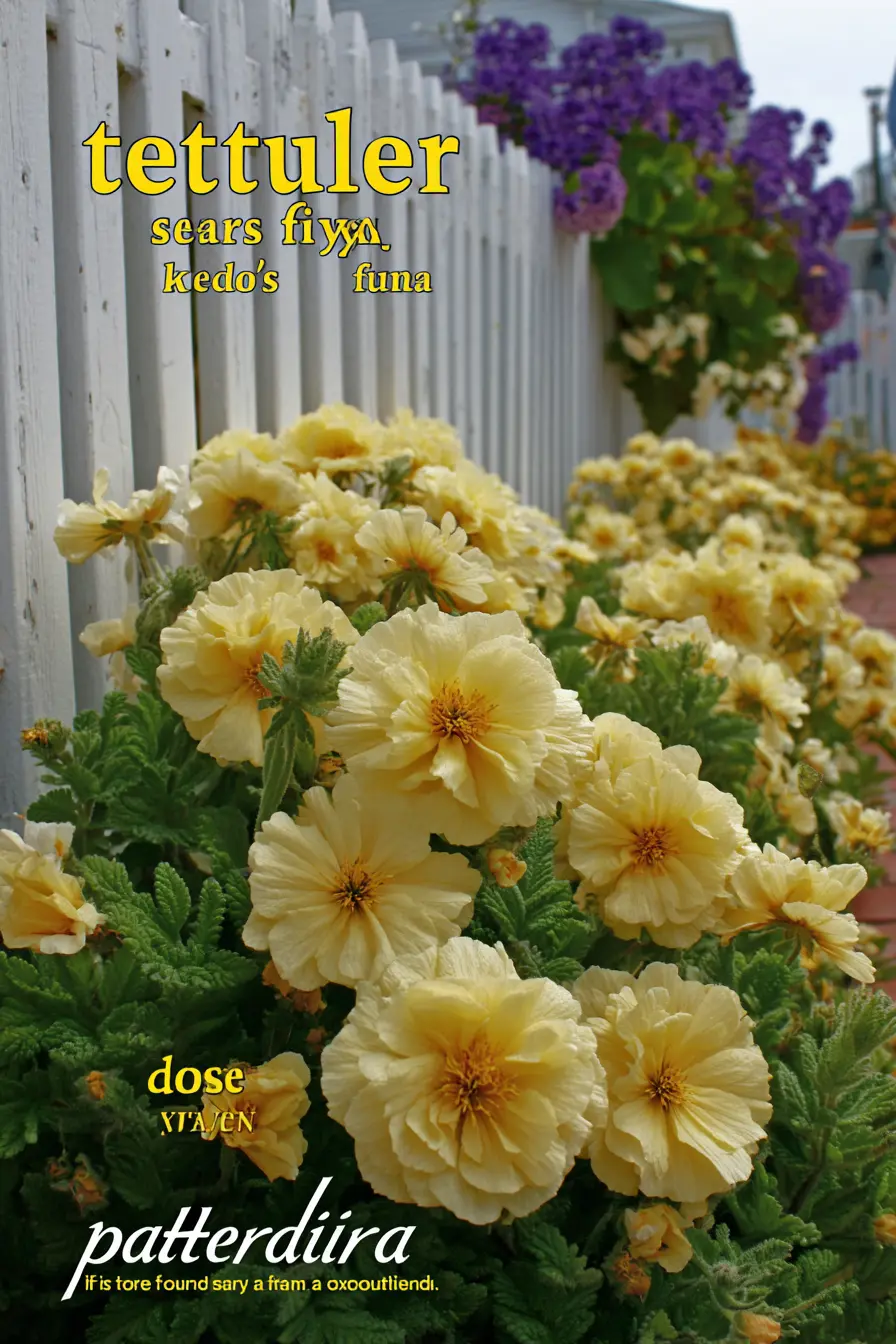
Cheerful yellow blooms cover Potentilla from spring through fall, adding steady color to borders and fences. Its fine-textured foliage creates a soft backdrop for the bright flowers.
Deer usually pass by this hardy shrub, making it a reliable choice for low-maintenance gardens. It tolerates heat, cold, and even poor soil conditions.
Whether planted in rows or as a stand-alone accent, Potentilla brightens the landscape. Its long bloom season ensures months of vibrant charm.
17. Elderberry
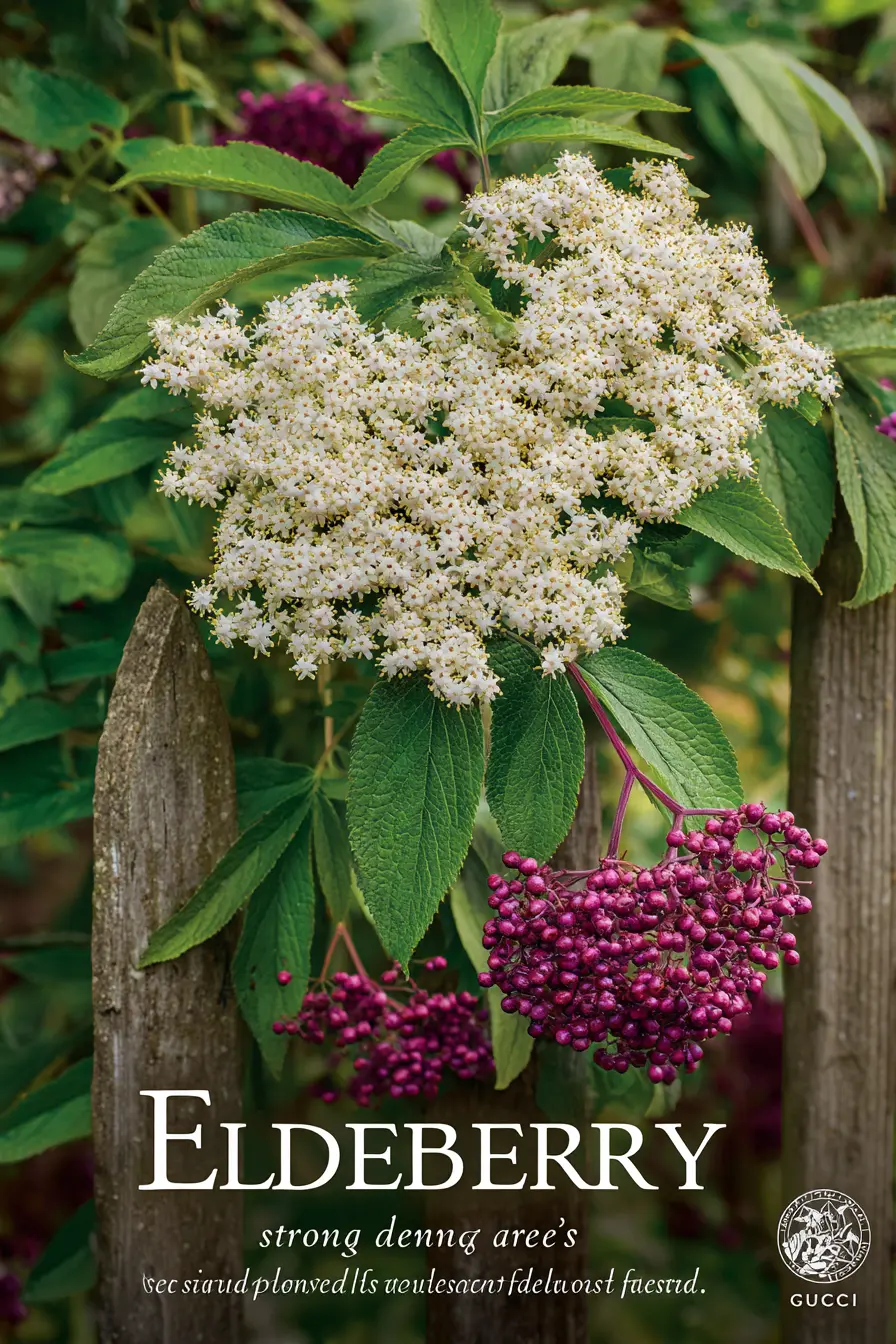
Delicate white flowers in large clusters give Elderberry a soft, lacy look in early summer. As the season progresses, they transform into rich purple berries.
Deer usually avoid this resilient shrub, leaving it to thrive in both sunny and partly shaded spots. Birds, however, enjoy the fruit, adding wildlife appeal to gardens.
With its showy blooms and seasonal berries, Elderberry blends beauty and function. It’s a versatile shrub that works well in borders or naturalized areas.
18. Rose of Sharon
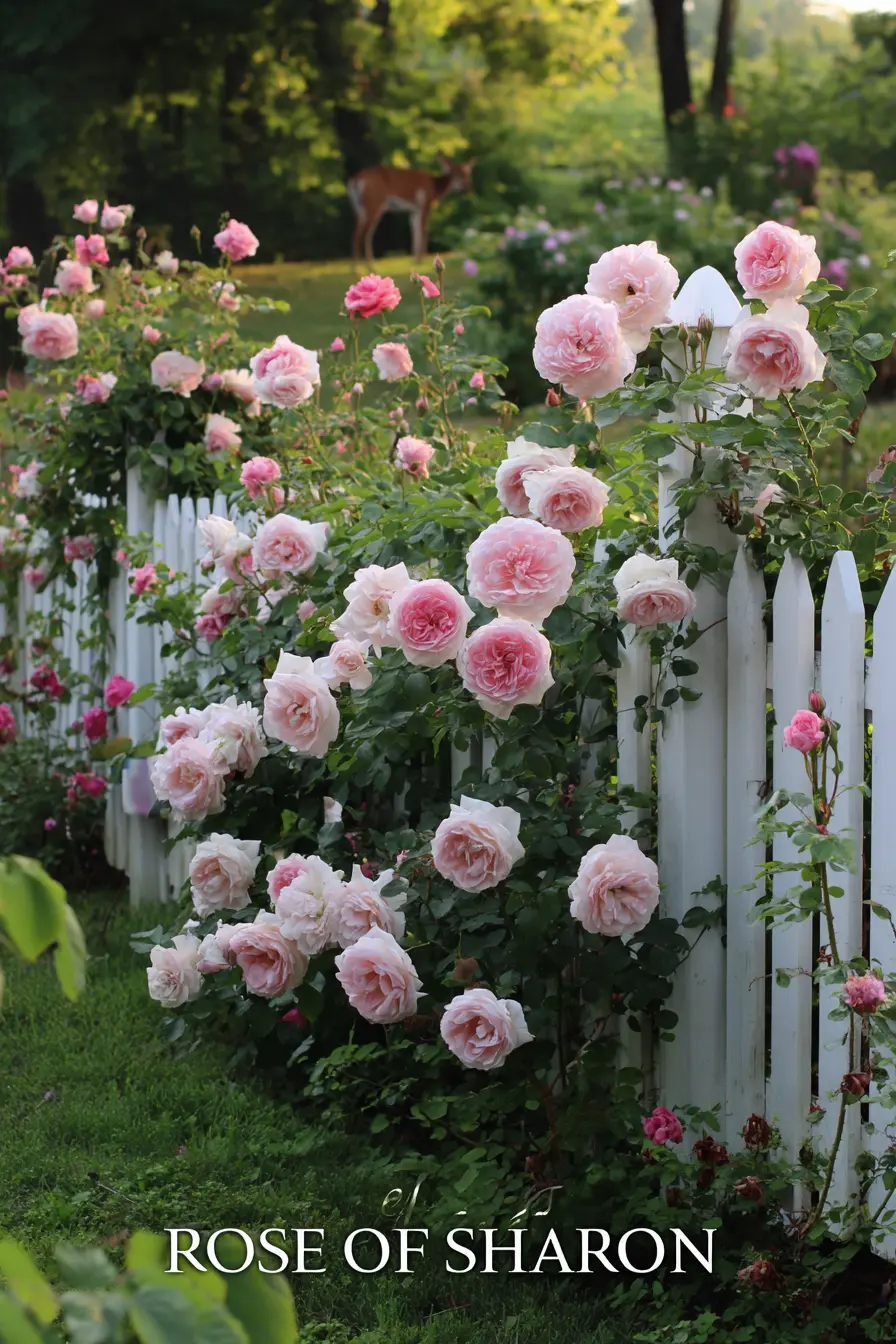
Large pink blooms bring soft elegance to Rose of Sharon as it brightens summer gardens. Its flowers stand out against dark green foliage, creating a striking display.
Deer generally leave this hardy shrub alone, letting it flourish without constant care. It thrives in sunny spots and continues to bloom well into fall.
Used as a hedge, border, or focal point, Rose of Sharon delivers beauty season after season. Its long-lasting blossoms make it a favorite among gardeners.
19. Bayberry
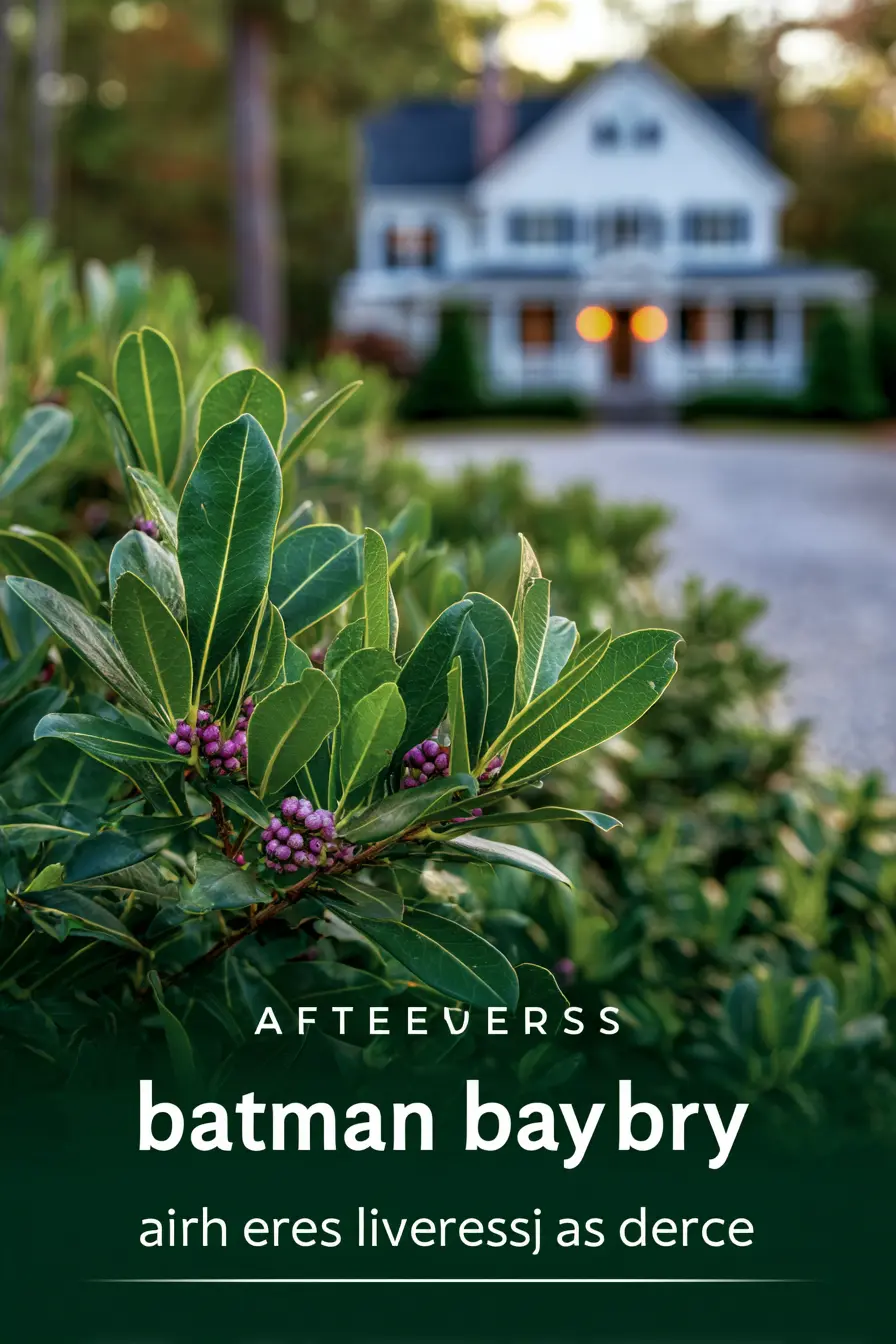
Glossy green leaves and clusters of purple berries give Bayberry a rich, textured look. This hardy shrub thrives in many soil types, including sandy and rocky ground.
Deer usually stay away from its aromatic foliage, leaving it to grow strong and full. Birds are often drawn to the berries, adding seasonal wildlife interest.
Used in borders or naturalized areas, Bayberry brings structure and resilience. Its evergreen charm ensures beauty across every season.
20. Sagebrush
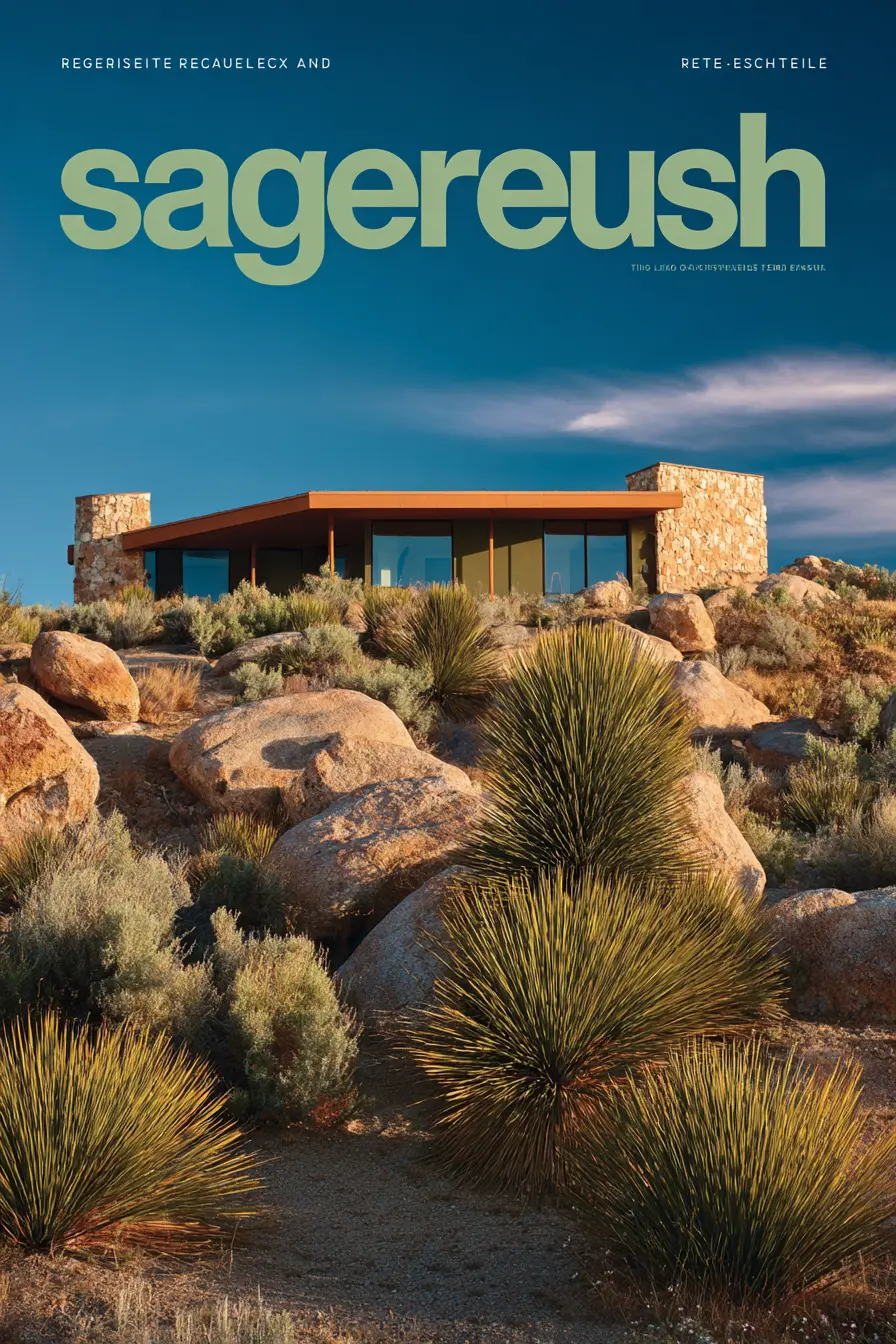
Silvery-gray foliage and a rugged form make Sagebrush a standout in dry landscapes. Its aromatic leaves release a distinct scent when brushed by the wind.
Deer tend to avoid this hardy shrub, which thrives in poor soils and arid climates. It asks for little care while adding texture to open spaces.
Used in native gardens or rock landscapes, Sagebrush brings structure and resilience. Its year-round beauty suits both modern and rustic settings.
21. Barberry
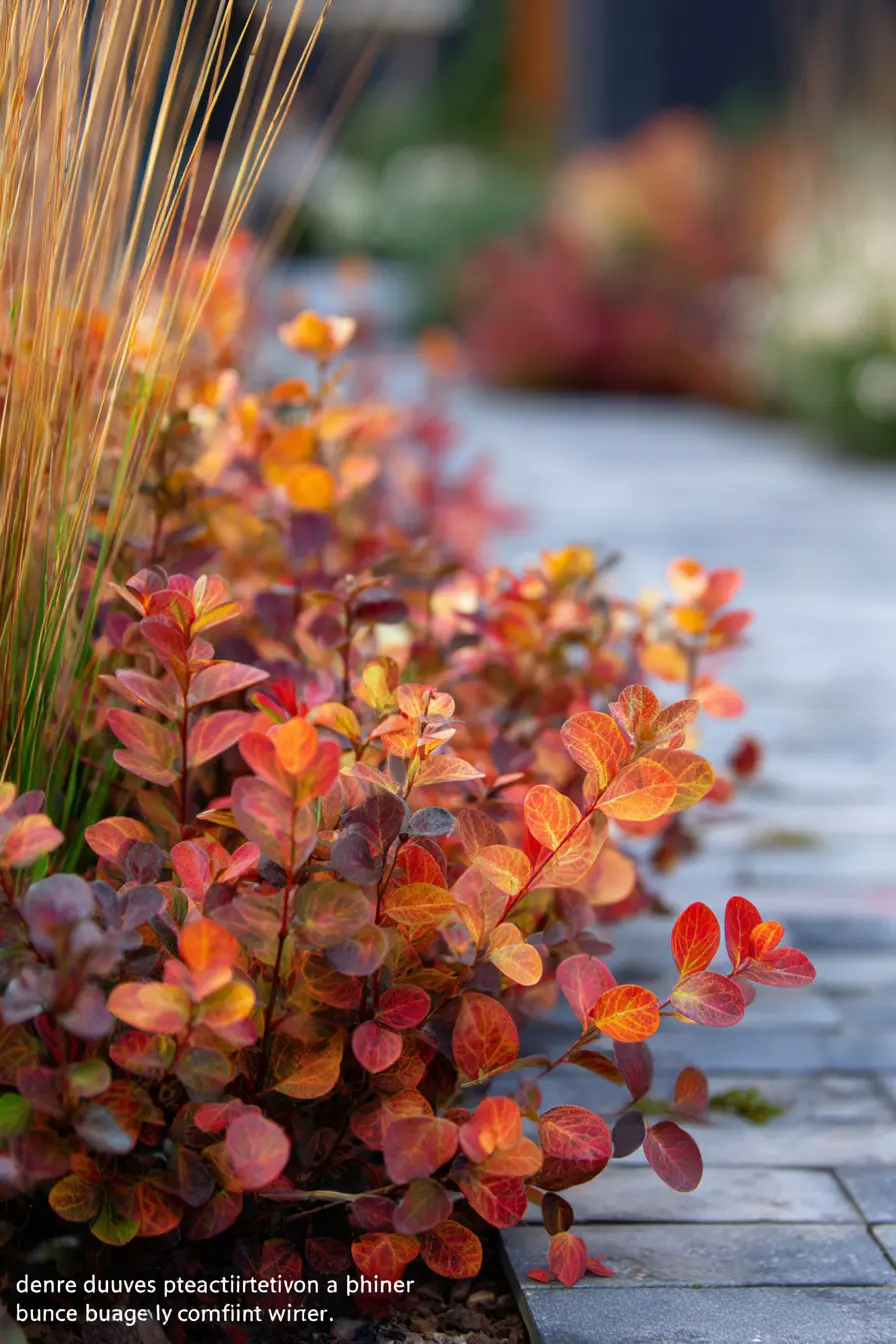
Brilliant foliage in shades of red, orange, and gold makes Barberry a standout through the seasons. Its dense branches bring texture and color to pathways and borders.
Deer tend to avoid this thorny shrub, letting it grow strong without much fuss. It’s drought-tolerant and thrives in both full sun and partial shade.
Used in hedges or as a low accent, Barberry adds vibrancy to any garden. Its fiery tones shine brightest in autumn, creating a warm display.
22. Sweetspire
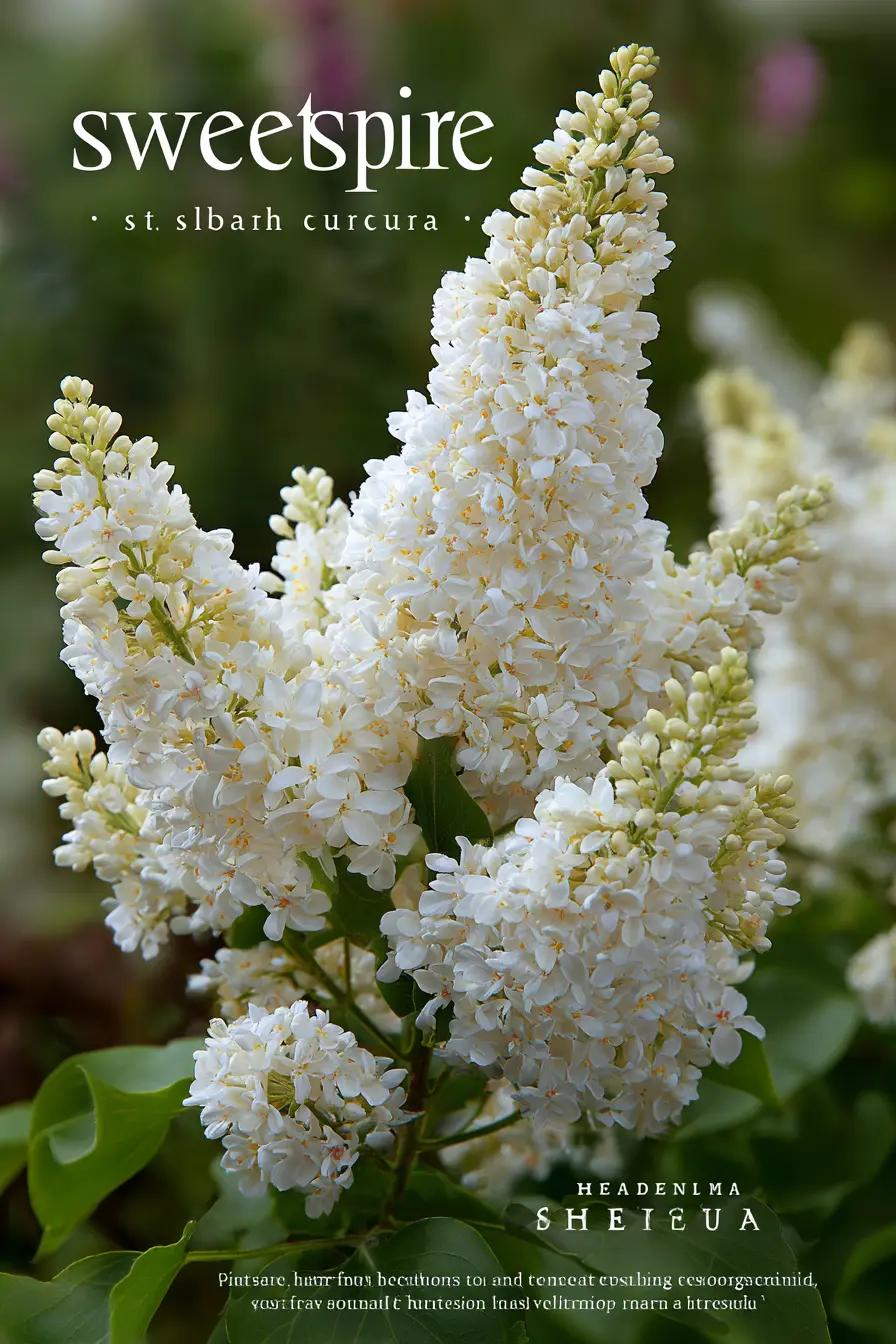
Graceful white flower spikes make Sweetspire a standout in late spring and early summer. Its blossoms carry a light fragrance that lingers in the garden air.
Deer usually leave this resilient shrub alone, letting it thrive without worry. In autumn, its green foliage transforms into brilliant shades of red and orange.
Used along borders, ponds, or walkways, Sweetspire offers four seasons of charm. It blends beauty, fragrance, and color for year-round appeal.
23. Lavender
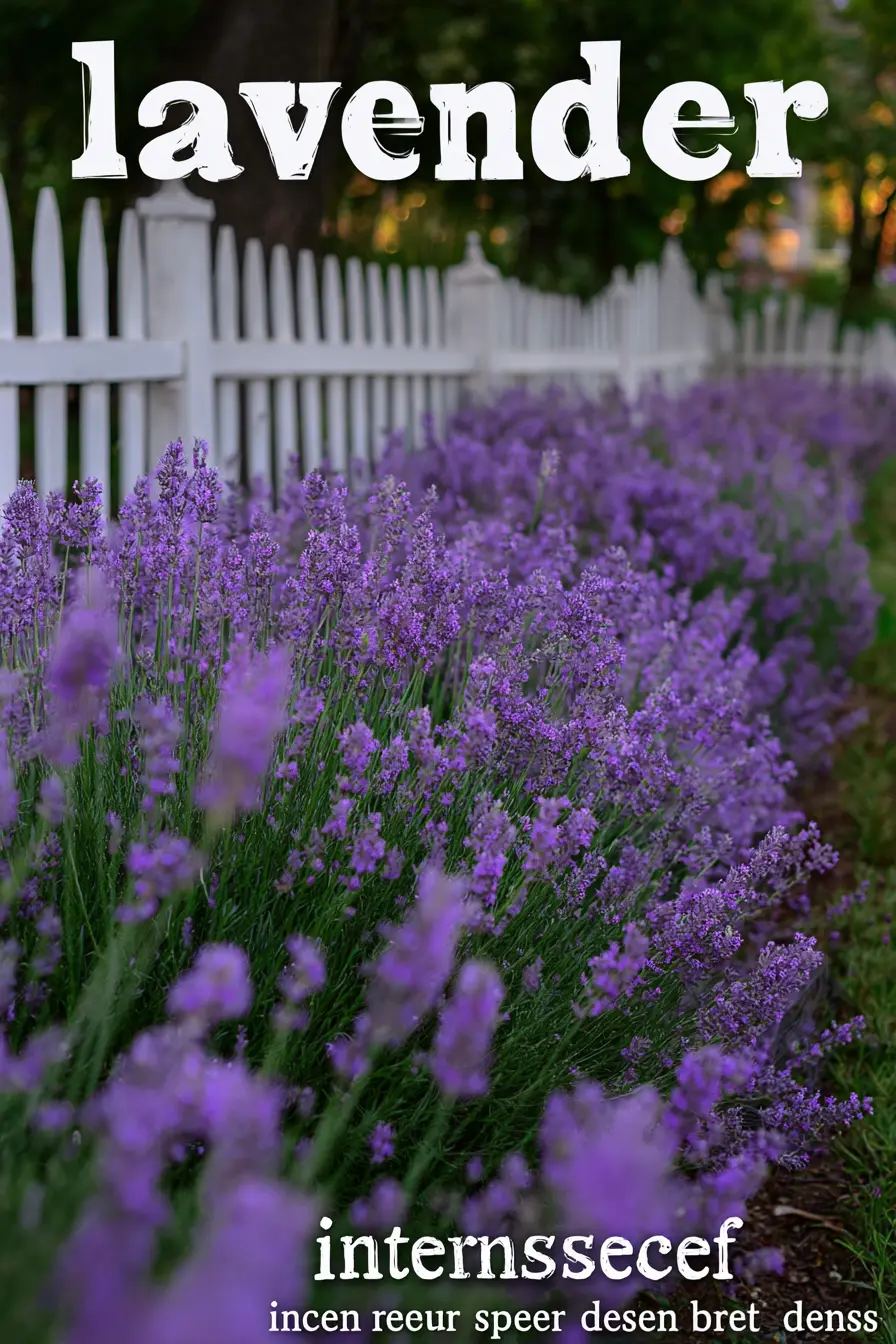
Waves of purple blooms and a calming fragrance make Lavender a garden favorite. Its silvery-green foliage adds beauty even when flowers are not in bloom.
Deer usually avoid this aromatic shrub, allowing it to thrive year after year. Bees and butterflies, however, flock to its nectar-rich blossoms.
Planted along fences, walkways, or in clusters, Lavender offers charm and resilience. Its color, scent, and pollinator-friendly nature make it a timeless choice.
